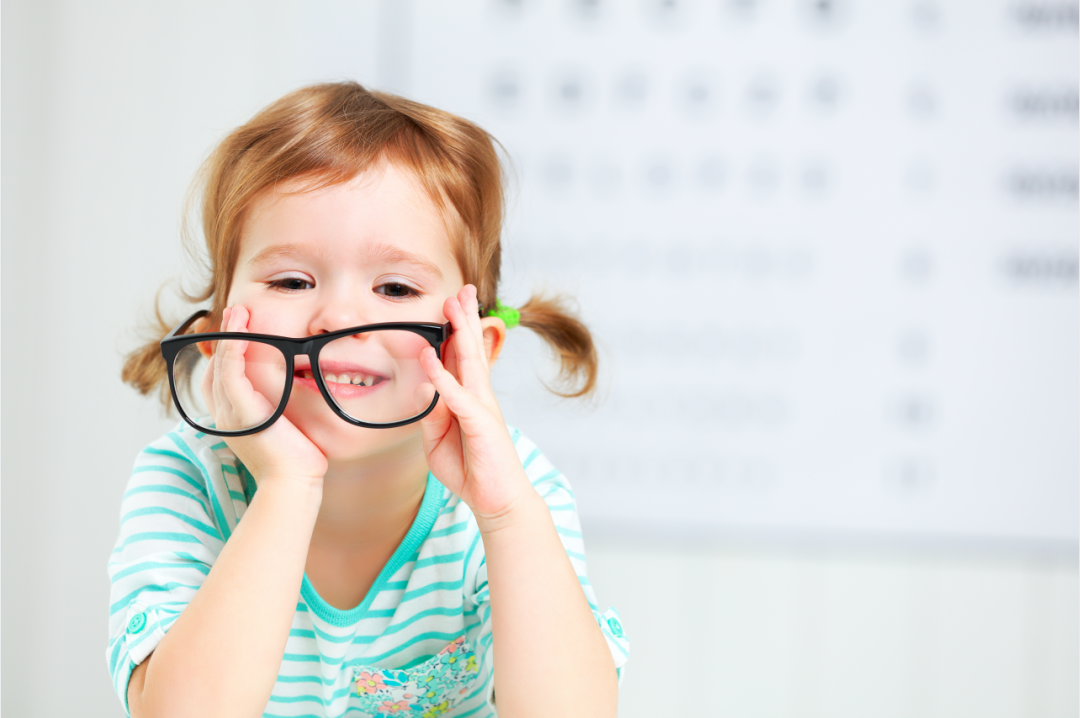When you take your child to exercise on weekends,
what do you hope they gain?
Strong physique, perseverance,
rich hobbies, joyful mood,
and super immunity against diseases.
But here’s a hidden gem you might not expect:
Exercise also acts as an "eye protector,"
helping children achieve clear vision!
Why Do Children Develop Myopia?
Did you know? All newborns are born farsighted. As they grow, their eyes gradually transition to emmetropia (normal vision). During this process, if the "hyperopic reserve" depletes too quickly or falls significantly below normal levels, the risk of myopia increases sharply. Preventing myopia essentially involves slowing the depletion rate of the hyperopic reserve.
Modern children often face heavy academic workloads, extracurricular classes, and constant digital distractions. Whether willingly or not, they’re trapped indoors—staring at textbooks, toys, phones, or computers... Eyes lack rest, and outdoor time is scarce.
However, growing evidence shows that increasing outdoor activity time can effectively prevent myopia onset or slow its progression.
 How Does Exercise Impact Vision?
How Does Exercise Impact Vision?
1.
Improving Ocular Muscles
Most sports require children to track moving objects (e.g., balls, targets), constantly adjusting focus between near and far. This continuous contraction and relaxation of the ciliary muscle alleviates tension. Simultaneously, extraocular muscles are activated, enhancing blood circulation in ocular tissues, improving vision, and reducing fatigue.
2.
Nutrient Absorption
Children’s developing bodies require adequate nutrients for cellular metabolism. Whole-body exercise promotes sufficient blood supply to ocular tissues, enhancing metabolic efficiency and eye health.
3.
Calcium Supplementation
Calcium deficiency not only hinders bone growth but also weakens the elasticity and surface tension of the eyeball wall. Prolonged near work or downward head posture may elongate the eyeball, accelerating myopia. Outdoor exercise increases sun exposure, boosting vitamin D synthesis and calcium absorption.
4.
Outdoor Light
Adequate sunlight stimulates dopamine release in the retina, inhibiting axial elongation. Bright light also causes pupil constriction, deepening the eye’s depth of field and reducing blurriness.
How to Choose Sports for Vision Protection?
·
Wide-Area Sports
These involve large playing fields and broad visual scope, keeping the ciliary muscle fully relaxed. Tracking balls or opponents’ movements allows ocular muscles to adjust continuously, relieving fatigue.
Examples: Soccer, basketball, baseball, rugby, frisbee.
·
Net-Based Ball Sports
Players hit balls over a net, requiring constant near-far and vertical focus adjustments. This alternates ciliary muscle contraction and relaxation, effectively improving accommodative capacity while preventing myopia.
Examples: Table tennis, badminton, volleyball, tennis.
Protect Your Eyes During Exercise!
· For sports like basketball, soccer, or baseball, wear professional sports glasses to resist high-impact injuries.
· Those with prior eye surgeries or high myopia should avoid contact-heavy or high-intensity activities.
· If eye trauma occurs (e.g., bruising, pain, blurred vision), seek immediate medical attention.
